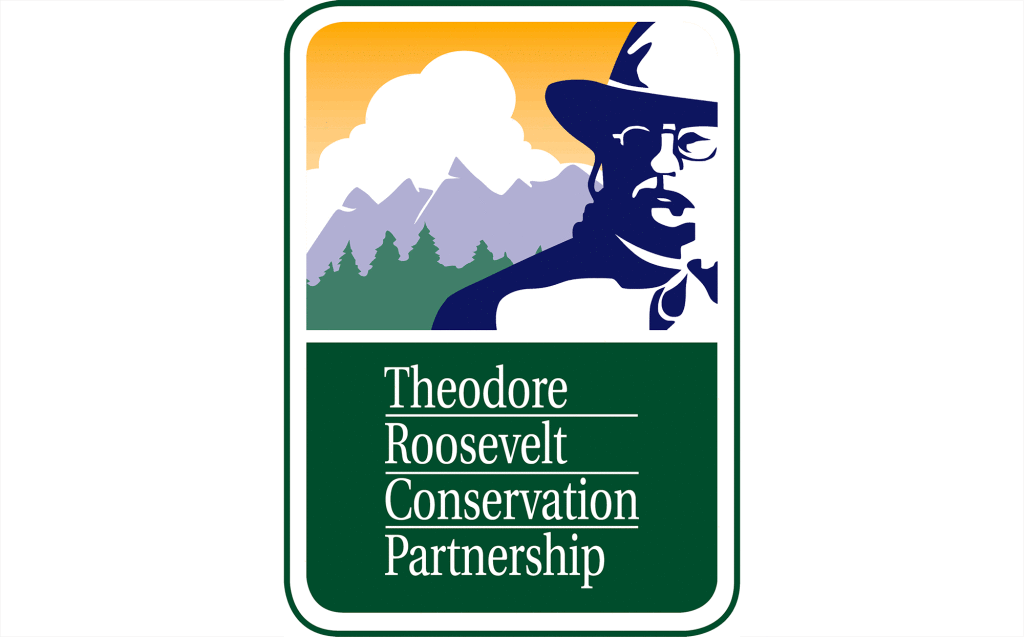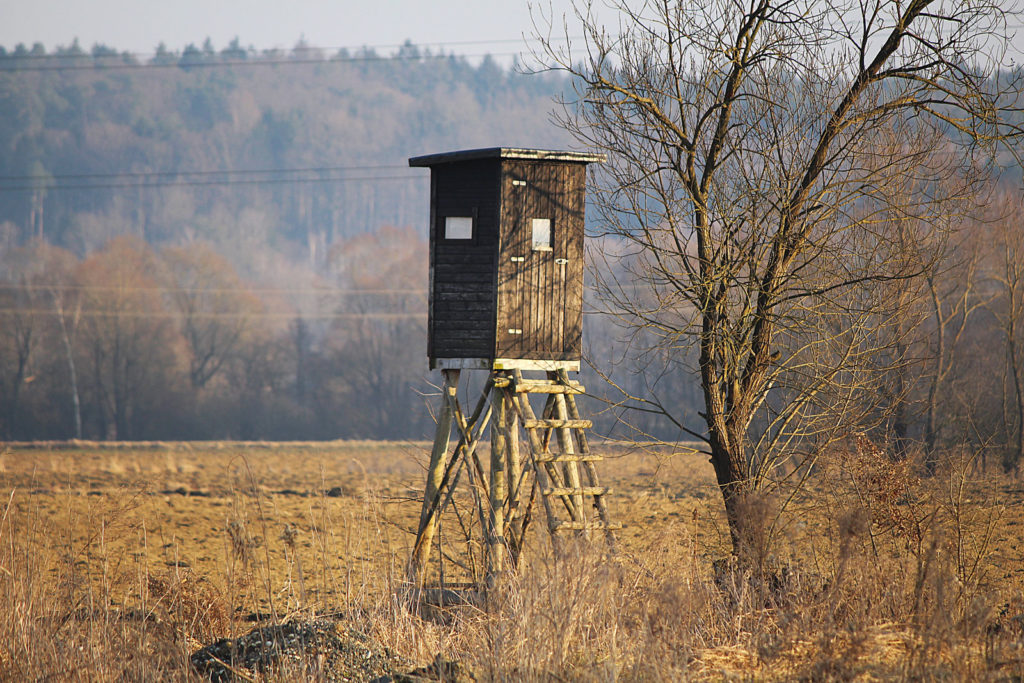TRCP’s Fosburgh Testifies Before Congress on Ways to Slow the Spread of Chronic Wasting Disease


The coalition-builder’s president and CEO offers solutions that require federal investment in state efforts
Today, the president and CEO of the Theodore Roosevelt Conservation Partnership testified in front of the House Natural Resources Committee on ways that Congress can invest in efforts to study, test for, and slow the spread of chronic wasting disease in wild deer and elk herds. CWD is a highly contagious, fatal neurological disease that affects deer, elk, and moose.
Whit Fosburgh offered solutions, including securing bipartisan and bicameral support for the investments in research and testing that have been proposed in two House appropriations bills.
“CWD is one of the greatest threats facing the future of hunting in America,” said Fosburgh. “To its credit, Congress seems to recognize the risk that CWD poses to hunting, agriculture, and even human health—and this subcommittee has certainly stepped up. I encourage you to continue to advocate for the funding levels set in the final version of both the House Interior-Environment and House Agriculture Appropriations bills, because surveillance and testing are key to controlling CWD. By knowing where it is, states can take the management actions necessary to contain the disease.”
CWD deteriorates the animal’s brain over time, resulting in emaciation, abnormal behavior, loss of bodily functions, and death. It was first identified in 1967 and remained isolated to a core region between Colorado and Wyoming for decades. But starting in the early 2000s, CWD began to spread rapidly—positive cases have now been confirmed in 26 U.S. states and four Canadian provinces, and wildlife managers are tasked with responding to the epidemic with limited resources.
Deer hunters make up 80 percent of the American hunting public, contribute nearly $40 billion to the U.S. economy, and support wildlife conservation efforts through their purchases of licenses and gear. Currently, testing for the disease is costly and time consuming, and the presence of CWD-positive deer already has some hunters questioning whether their venison is safe to eat. This could mean greater declines in hunting participation and less funding for states that already depend on hunting license and equipment sales for their conservation budgets.
“According to the USFWS, participation in hunting has been declining from about 13 million to 11 million people in the last decade,” Fosburgh testified. “One bright spot in those numbers, has been the growth of the field-to-table movement, or those who hunt to provide lean, organic, locally sourced protein to their family and friends. If people become wary of eating deer and elk, this area of growth in participation could fall away entirely. And conservation will be the biggest loser.”
In June 2019, the House approved a spending bill for federal agriculture, interior, and environmental agencies (H.R. 3305) with amendments that would send $15 million to the states to combat the spread of chronic wasting disease in wild deer and direct $1.72 million to the U.S. Fish and Wildlife Service to enhance CWD research and testing methods.
The TRCP has asked sportsmen and women to urge lawmakers to invest in better research and testing for CWD through the annual appropriations process. Learn more about CWD and the hunter’s role in combatting the spread of this disease.
This House subcommittee hearing marks the fourth time this year that the TRCP has represented the interests of American sportsmen and women by delivering official testimony before Congress. View details on our previous testimony related to improving access to public lands, the five priority pieces of legislation that would invest in fish and wildlife habitat, and how to create drought solutions while enhancing conditions for fish in the Colorado River Basin.
SHARE ON
You may also like
The role corn plays for gamebirds and economies ac...
Sportsmen’s conservation policy issues from publ...
Sportsmen’s conservation policy issues from publ...


























